13. Bird’s eye chilis
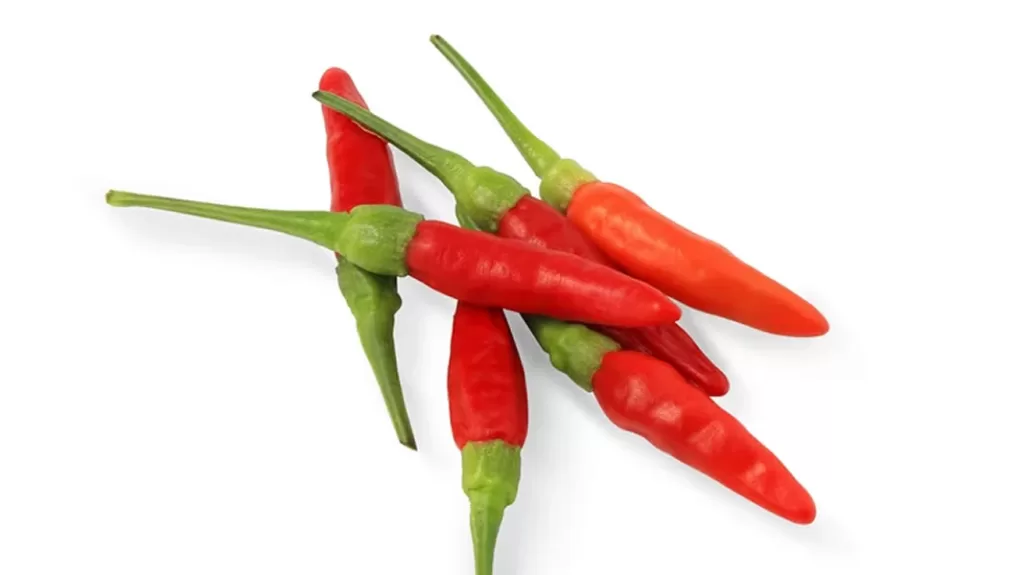
You might find these peppers at the supermarket and be fooled by their adorably small sauce. But bird’s eye chili, also called Thai chili, have an intense heat that’s anything but little. These peppers originate from, you guessed it, Thailand, and are named for their resemblance to the eyes of a bird. They are commonly used in stir-frys, curries, and larbs. If you want to add a punch of heat to soups and stews, smack a Bird’s Eye chilli a few times to release their natural oils and throw it directly into the broth. Then, after it infuses into your dish, fish it out just like you would for a bay leaf and enjoy the fruity, bright spice that comes from these tiny peppers. Alternatively, you can thinly slice these peppers and throw them into your next batch of lettuce wraps. Just make sure to be careful with how much you add to your recipes or risk a fire in your mouth!
14. Habanero peppers

Habanero peppers are some of the hottest peppers you can find at your average supermarket, and used to be one of the spiciest varieties on the planet! While they may have been dethroned by varieties like Ghost Peppers and Carolina Reapers, these peppers should still be used with caution. Habaneros are typically small, unevenly shaped, and orange in colour. Their flavour is dominated by their spice level between 100,000 and 350,000 Scoville units, but they also have bright, citrusy, almost tropical notes. That’s why they’re so common in cuisine along the Yucatan peninsula of Mexico, where bright flavors take center stage. Most of the time, you can find these peppers fresh in the produce aisle of your local supermarket. Habaneros can be an incredible ingredient when making homemade salsas and hot sauces, as long as you’re careful with how much you use. And like with other super-hot chiles, you want to make sure to use gloves when handling them.
15. Scotch bonnet peppers
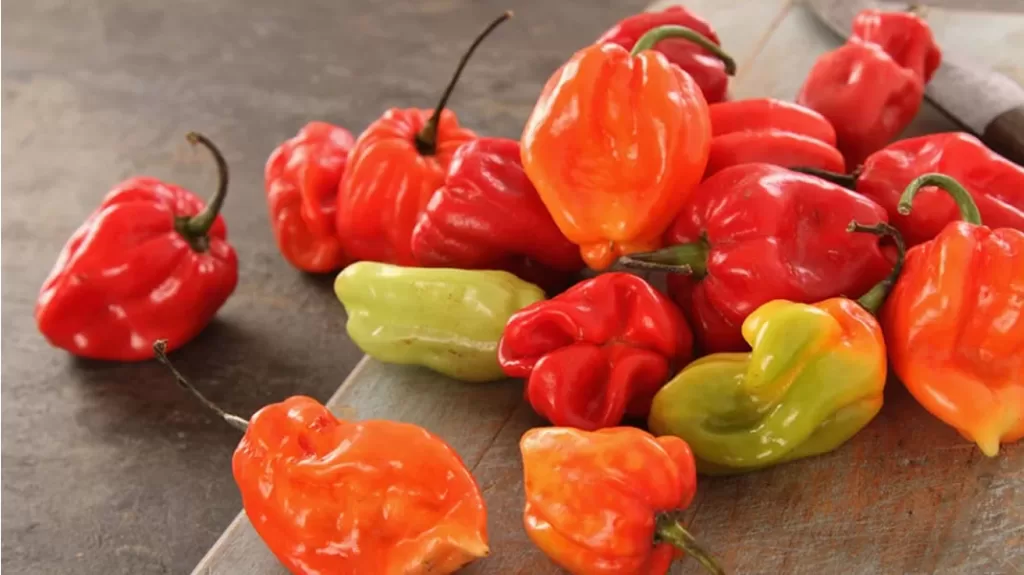
Scotch bonnet peppers are a cousin of the habanero, but are mostly used in an entirely different cuisine. Rather than adding heat to Mexican dishes, Scotch bonnets are one of the star ingredients of food in the Caribbean. They have a similar appearance and spice level to habaneros, but these peppers vary more widely in color. You can find these peppers in shades of green, orange, and red — just keep in mind that generally, the more vibrant the color, the spicier they are.
The hints of apple and tomato flavour in the pepper make them well-suited for dishes like jerk chicken and pikliz, a spicy Haitian pickled condiment. If you want to infuse some of its flavors while minimizing the spice, poke the pepper a few times with a fork and drop it into soups and stews. Make sure you fish out the pepper before serving unless you want to bite into a spicy surprise!
16. Hungarian wax pepper
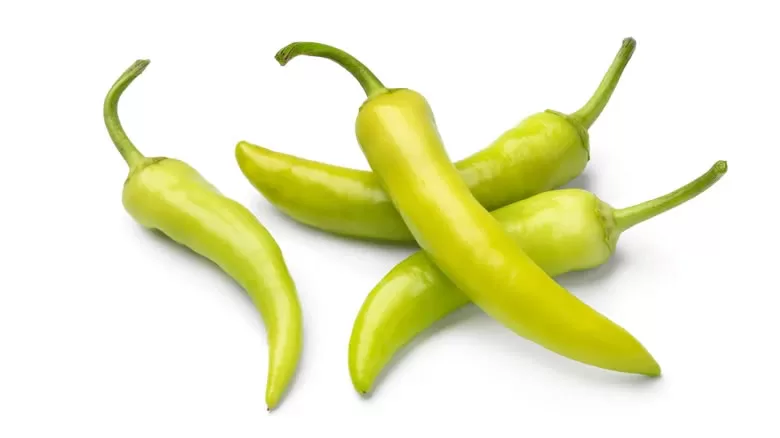
These peppers are often confused with banana peppers. They may be similar in appearance, but be warned: these peppers are significantly spicier. Hungarian wax peppers are named after their waxy, crisp flesh. To nobody’s surprise, these peppers originate from Hungary. Their spice level has a wide range, anywhere from 1,000 to 15,000 Scoville units. Before you use one of these in your next dinner, make sure to taste it first to determine how hot they are.
The flavor of Hungarian wax peppers is sweet and slightly tangy, making them perfect candidates for pickling. These peppers also taste great when they’re cooked into soups, stews, and sauces. Alternatively, you can incorporate Hungarian wax peppers into marinades for fish or leche de tigre for ceviche. No matter how you prepare them, Hungarian wax peppers are bright, flavorful peppers that can add some fun variety to your usual lineup of peppers in your kitchen.
17. Árbol chiles
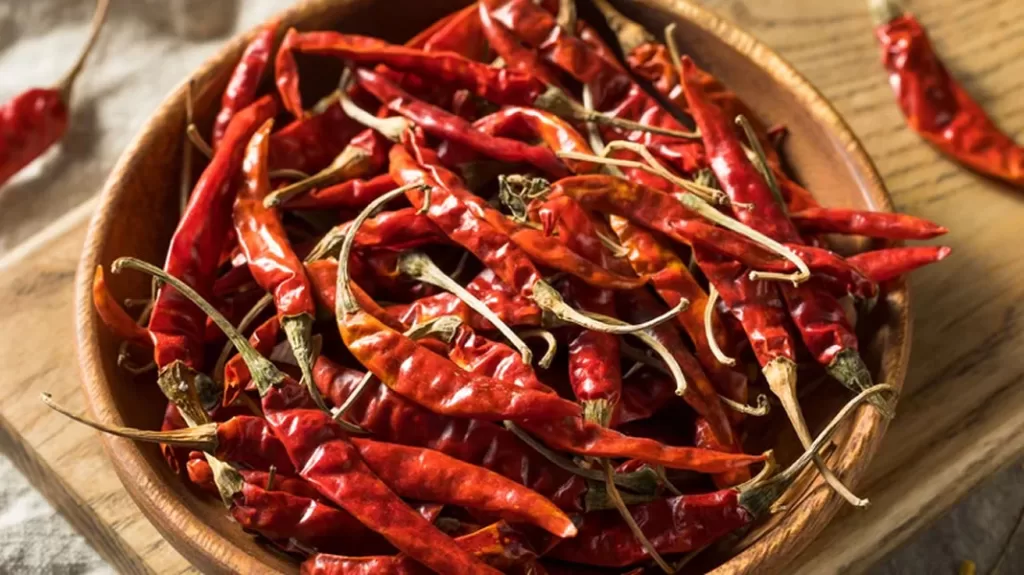
Chiles de Árbol are small, thin Mexican peppers typically sold dry at most American supermarkets. They are a vibrant shade of red with long, woody stems— which is why they’re named “árbol,” or “tree.” Árbol chiles top out at around 30,000 Scoville units, making it comparable to serrano or cayenne pepper.
Since these peppers pack a large amount of heat in a small package, it is important to handle them with caution. That includes wearing gloves, washing your hands frequently, and avoiding contact with your eyes. Despite their intense spice and nutty flavor, they have a wide range of applications. They are a great pepper to add to your spice cabinet because you can use them in homemade dry rubs and seasoning blends. One of the best applications for chiles de Árbol is in a salsa macha, a salsa made with dried chiles, nuts, and oil. To amplify their flavor, try toasting them before using them in your next recipe.
18. Guajillo chiles
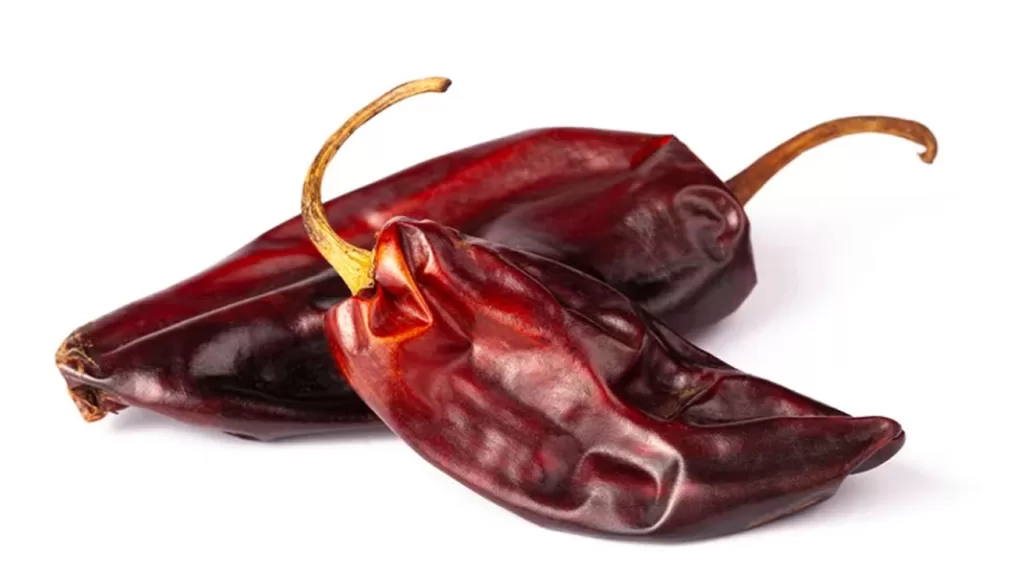
Another dried pepper to look for on your next trip to the supermarket is the guajillo chile. Pronounced “gwa-hee-yo” in Spanish, this chile is the dried form of the mirasol pepper. While mirasol peppers are much harder to find stateside, you can still get a taste of their fruity, complex flavor without a trip to Mexico. These peppers range from 2,500 to 5,000 on the Scoville scale, making them similar in spice to the average jalapeño pepper. However, their flavor is very distinct.
There are berry-like notes with a hint of smoke and moderate heat. Their nuanced flavor palette is the primary reason why guajillo chiles are used as the base of sauces, moles, and stews. If you’re looking to upgrade recipes that call for chili powder, swap it with some guajillo peppers. Try toasting them for maximum flavor then pulverizing them in a blender. Once you taste how deep and rich your recipes can be with these peppers, you may never go back to the pre-ground stuff again.
19. Cherry peppers

Cherry peppers are small, round peppers that resemble, you guessed it, cherries. And just like their namesake, these peppers have a hint of sweetness. Their texture is crisp and the thick flesh adds a delicious crunch to home-cooked meals. Their heat level is similar to a mild jalapeño pepper with a Scoville rating of around 3,750. Not all supermarkets carry fresh cherry peppers in the produce aisle, but you’re bound to find them alongside olives in the preserved foods section or at salad bars.
Cherry peppers are mostly served as a pickle to accompany cheese boards or to pack in a sandwich. Because of their naturally thick skin, these peppers lend well to pickling because they retain their crisp texture. They are best served on an antipasto platter, but Spruce Eats also recommends chopping them up and mixing them into burgers, meatballs, and meatloaf for a burst of flavor with moderate spice.
20. Rocoto peppers
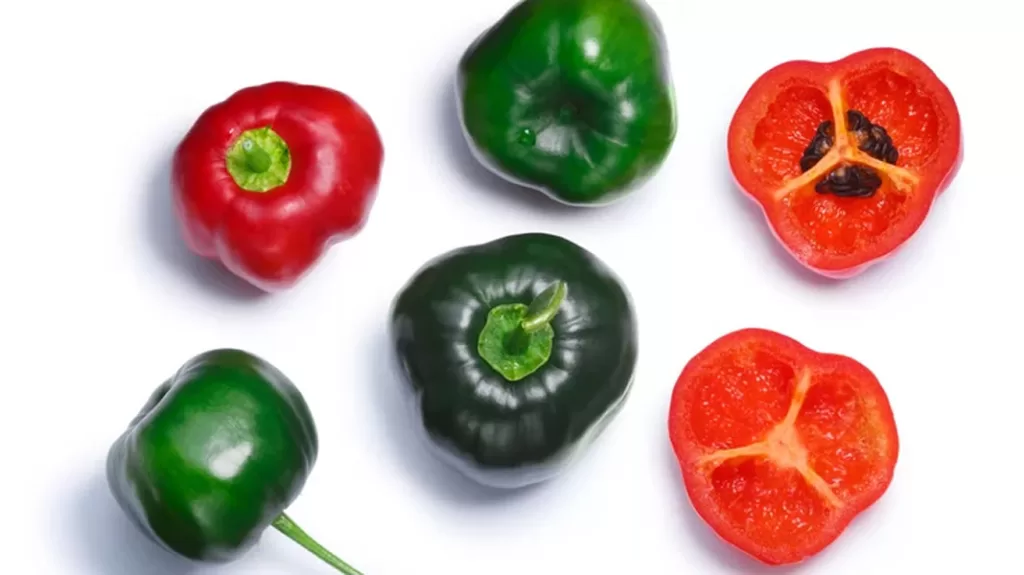
Although Rocoto chiles resemble bell peppers with their shape and variety of colours, be careful! They are significantly spicier than their more commonly sold cousin. One distinct visual difference with Rocoto chiles is their black seeds. Spruce Eats describes their flavor as a cross between an apple and a tomato with a burst of serious spice, ranging from 30,000 to 100,000 Scoville units.
These fiery hot peppers resemble habanero and Scotch Bonnet types of peppers in terms of spice but have their unique origins. Rocoto chiles were first grown in the Andes mountains in Peru, and the cold, rocky climate gives them a thick, juicy flesh. They are an integral part of Bolivian and Peruvian cuisine, like traditional stuffed rocotos rellenos. Rocoto peppers are also a delicious addition to a stir-fry or homemade salsa. Just be cautious with how much you use to avoid giving your friends and family a spicy surprise.
21. Ghost peppers
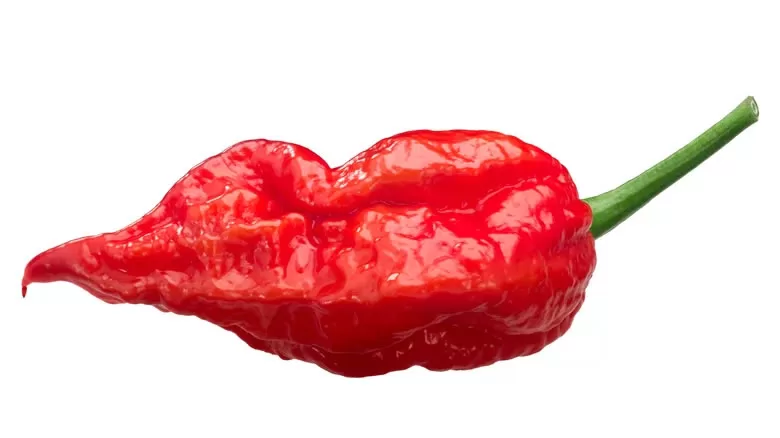
The ghost pepper is famously one of the spiciest varieties in the world, and the title is more than deserved. These chiles can reach over a million Scoville units, making it over three times hotter than your average habanero pepper. Ghost peppers, also known as Bhut Jolokia, are primarily grown in northeastern India and Bangladesh and are named for how their intense heat creeps up on your palette like a ghost. When you first take a bite, you initially taste their sweet, fruity flavour. After about 30-45 seconds, however, the heat starts to dominate your palette and can linger for around half an hour. Some of the ghost pepper’s heat resides in the seeds and ribs inside the chile, but their thin, wrinkly skin still packs a serious punch of heat.
These types of peppers are usually not available at regular supermarkets, so you’ll have to source them online if you want to try them. Their most common application is in homemade hot sauces, but they’re best when combined with other milder chiles to balance their spice.



GIPHY App Key not set. Please check settings